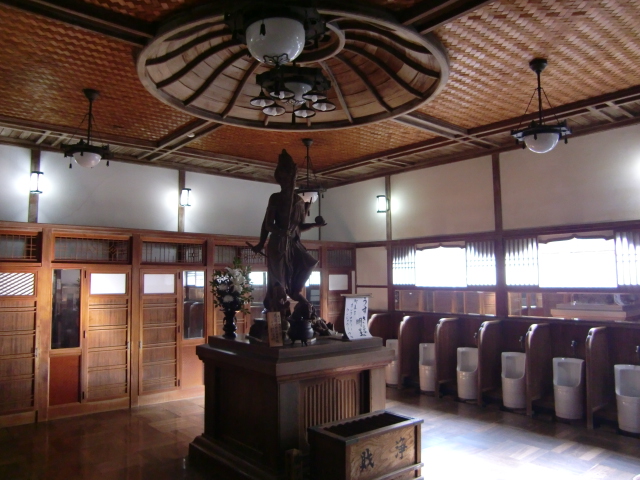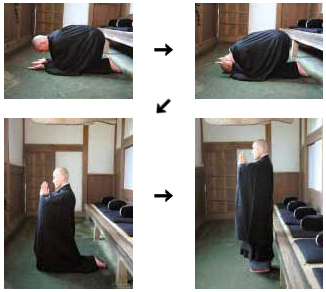
Dear All,
Our ...
Treeleaf Annual
'ALWAYS AT HOME' Two Day 'ALL ONLINE' ROHATSU
(Buddha's Enlightenment Day)
RETREAT
'ALWAYS AT HOME' Two Day 'ALL ONLINE' ROHATSU
(Buddha's Enlightenment Day)
RETREAT
... is to be LIVE NETCAST on the weekend of Saturday & Sunday, December 5th and 6th, 2020. However, the retreat is designed to be sat in any time zone around the world through a combination of 'live-live' and 'live though recorded' segments, and one may still join the Retreat and sit-a-long at ANY AND ALL TIMES after, (no different from the original!). Please have a look at the schedule on the "official" page (although the page will remain locked until near the Retreat start time) ...
We hope that all of our Ango-ers and others will find a way to sit with us. Through a combination of live and "any time" recorded segments, the retreat is designed to be sat any where, in any time zone, even days or weeks later, when you can arrange your schedule. The method is that you can do some of the portions "live" in your time zone, others in recorded form, and thus it fits everyone's time zone even if slightly out of order (no need to stay up all night to stay on "Japan Time"). In other words, sometimes we do some sections in Japan or other countries while you are asleep, but then you can do them later (while we are asleep), and some sections we are all awake to do "live" ... and it all gets done in the end. Everyone has to do their own math to figure out which portions they can do live, which they will do as a recording (and in what order).
The two days will include Zazen sitting, Kinhin, Chanting, Zazen sitting, Oryoki, Zazen sitting, Bowing, Talks, Zazen Sitting, 'Samu' Work Practice, and More Zazen Sitting, as in any Soto Zen Retreat, all in celebration of the Buddha's days of Zazen and Enlightenment under the Bodhi Tree. We also mark the Endless-End of our 90 Day Ango with this Retreat.
If you are concerned about the length of sitting, please take to heart that such retreats ... of 2 or 3 days, a week or two weeks ... are basic and highly recommended in the Zen world, undertaken by just about every Zen Sangha I know. It is a practice not to be missed if at all possible for you.
Information on the meaning of Rohatsu Retreat, and easy to follow instructions on arranging a quiet space in your home for sitting, are found at the following link. Also included are instructions on combining the Retreat with parenting and other responsibilities one may have. For further information on these and other topics, I ask all who are participating to DOWNLOAD AND REVIEW THIS GUIDE TO SITTING OUR ONLINE RETREAT LINK HERE (PDF)
The accompanying CHANT BOOK IS HERE (PDF)
* * *
RETREAT PREPARATION LESSON I -
Below in this thread, we will provide various short lessons and tips to help you participate. Please review them between now and the days of the Retreat.
First, the following video will explain a bit about how to make and dance with a simple, home Oryoki kit. All you need is:
- 1 - Clean Pillow Case
- 2 - Bowls and 1 Tea Cup (that fit into each other)
- 1 - Cloth Napkin
- 1 - Small Wiping Cloth
- 1 - Table Spoon
- 1 - Tea Spoon or Chop Sticks
- 1 - Small Cut Piece of a New Sponge
- 1 - Letter Envelope
- 1 - A small dish on the side for the "Hungry Ghosts"
Gassho, Jundo
SatTodayLAH















Comment